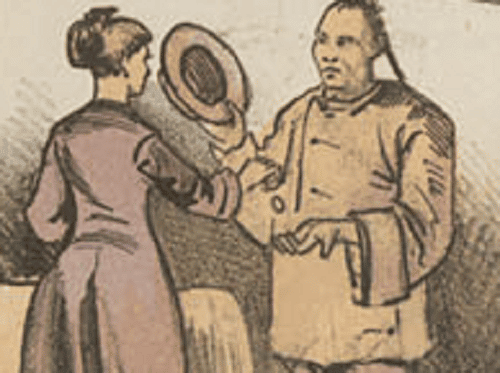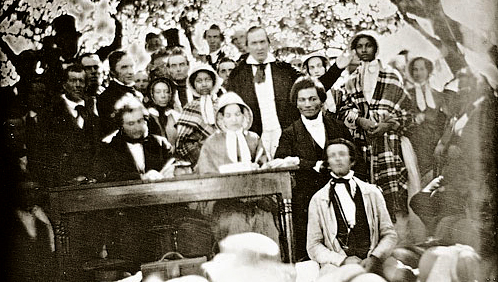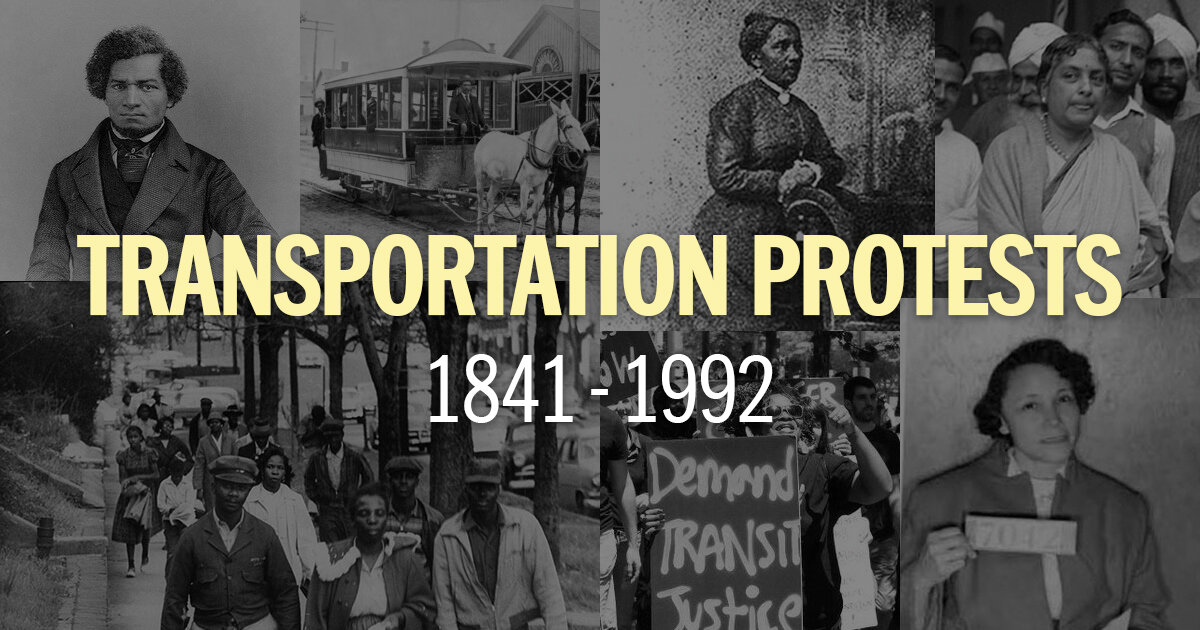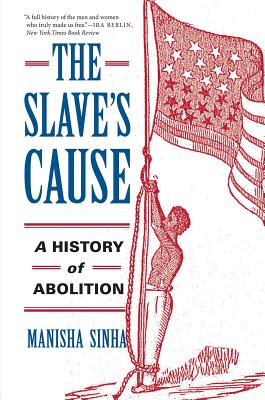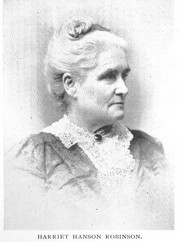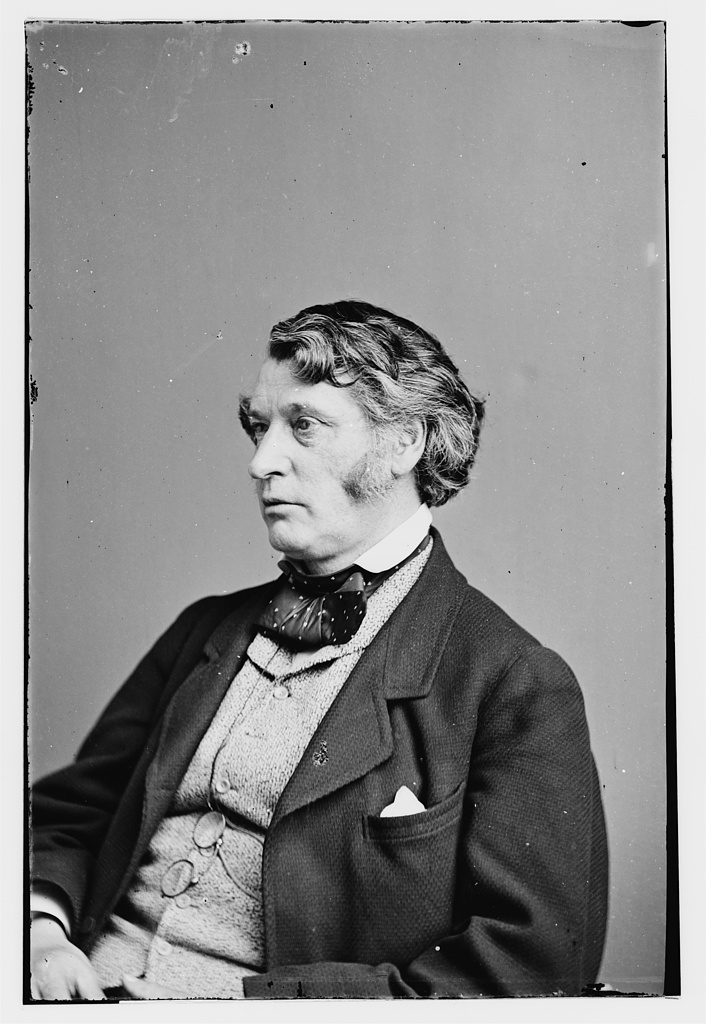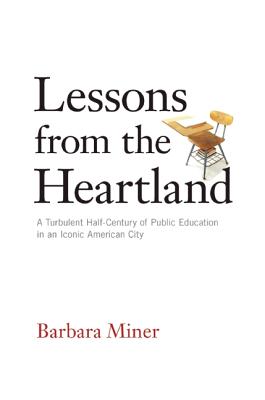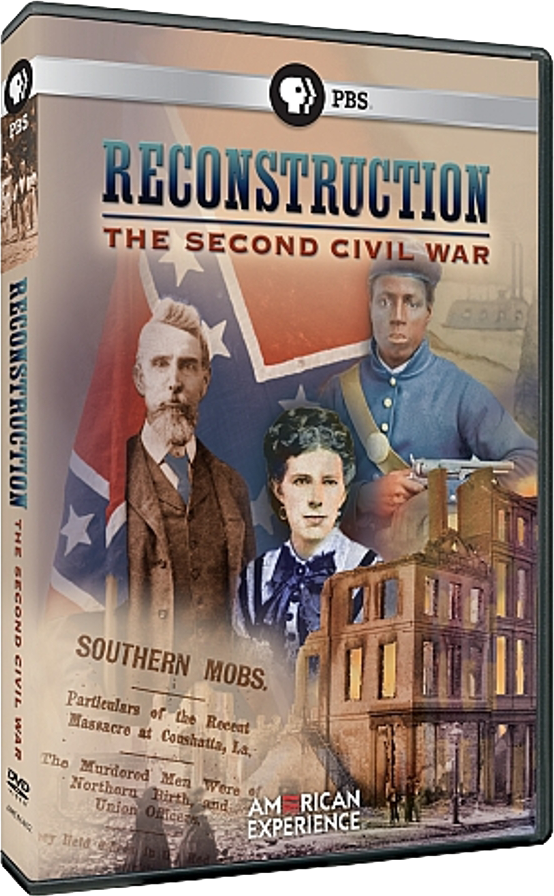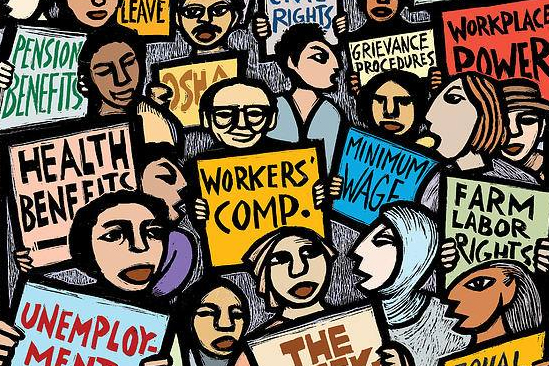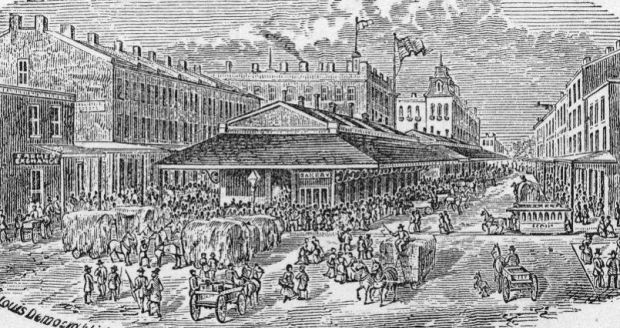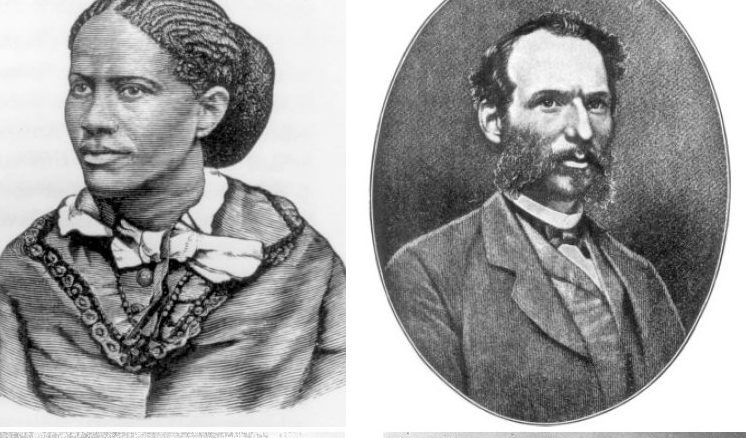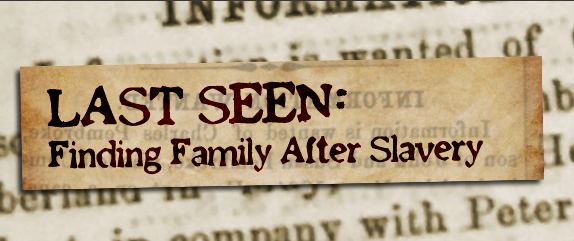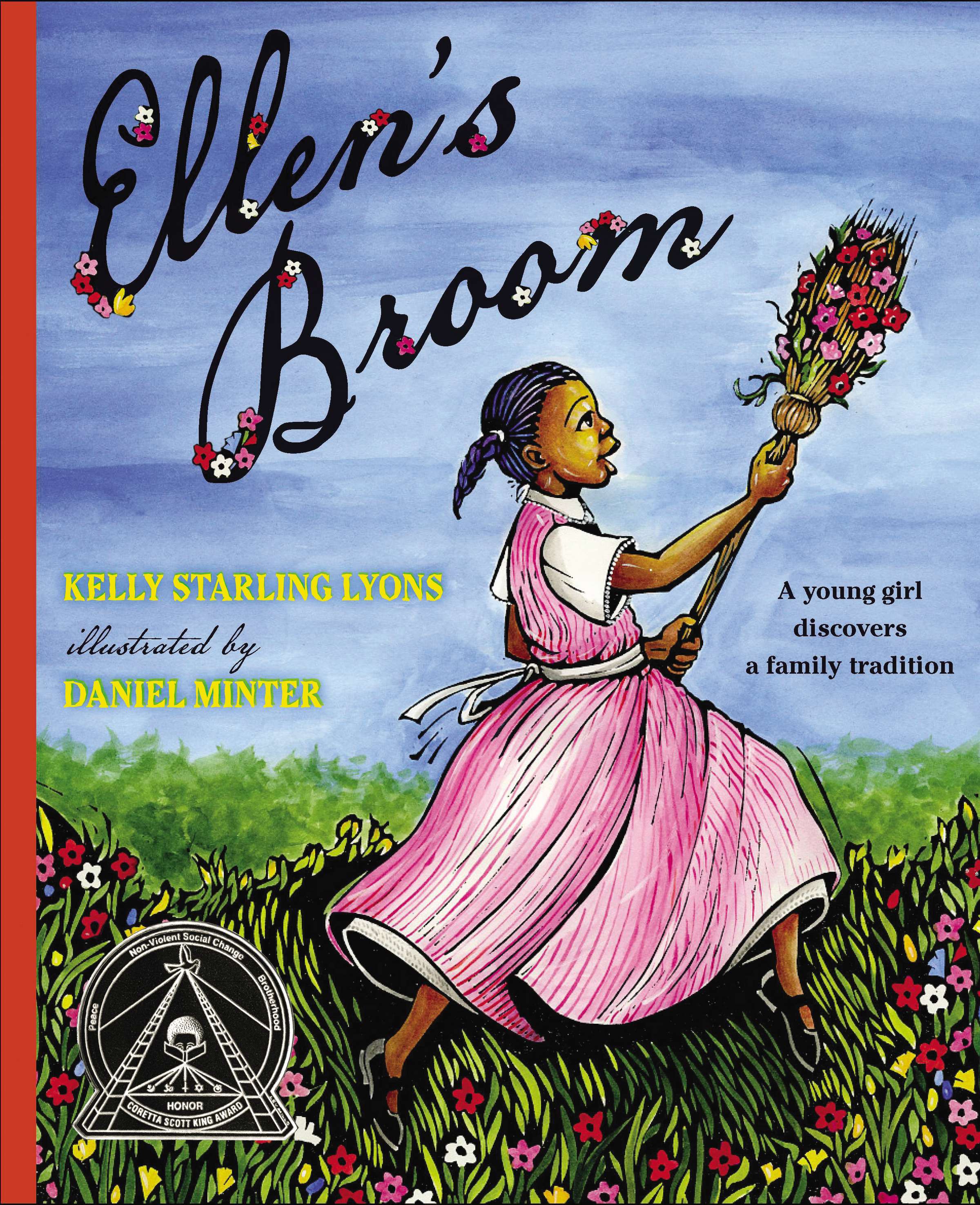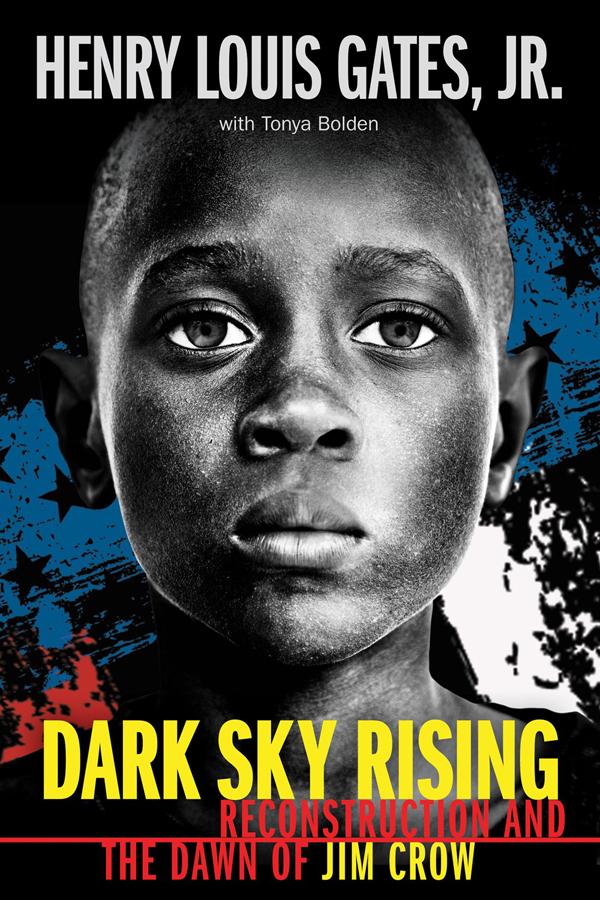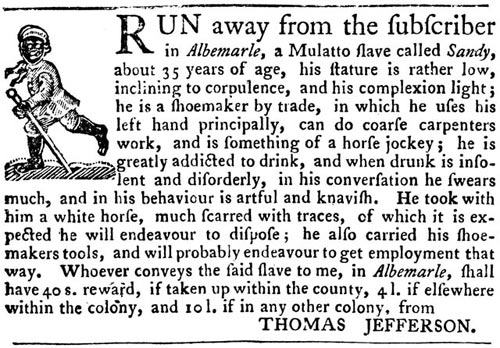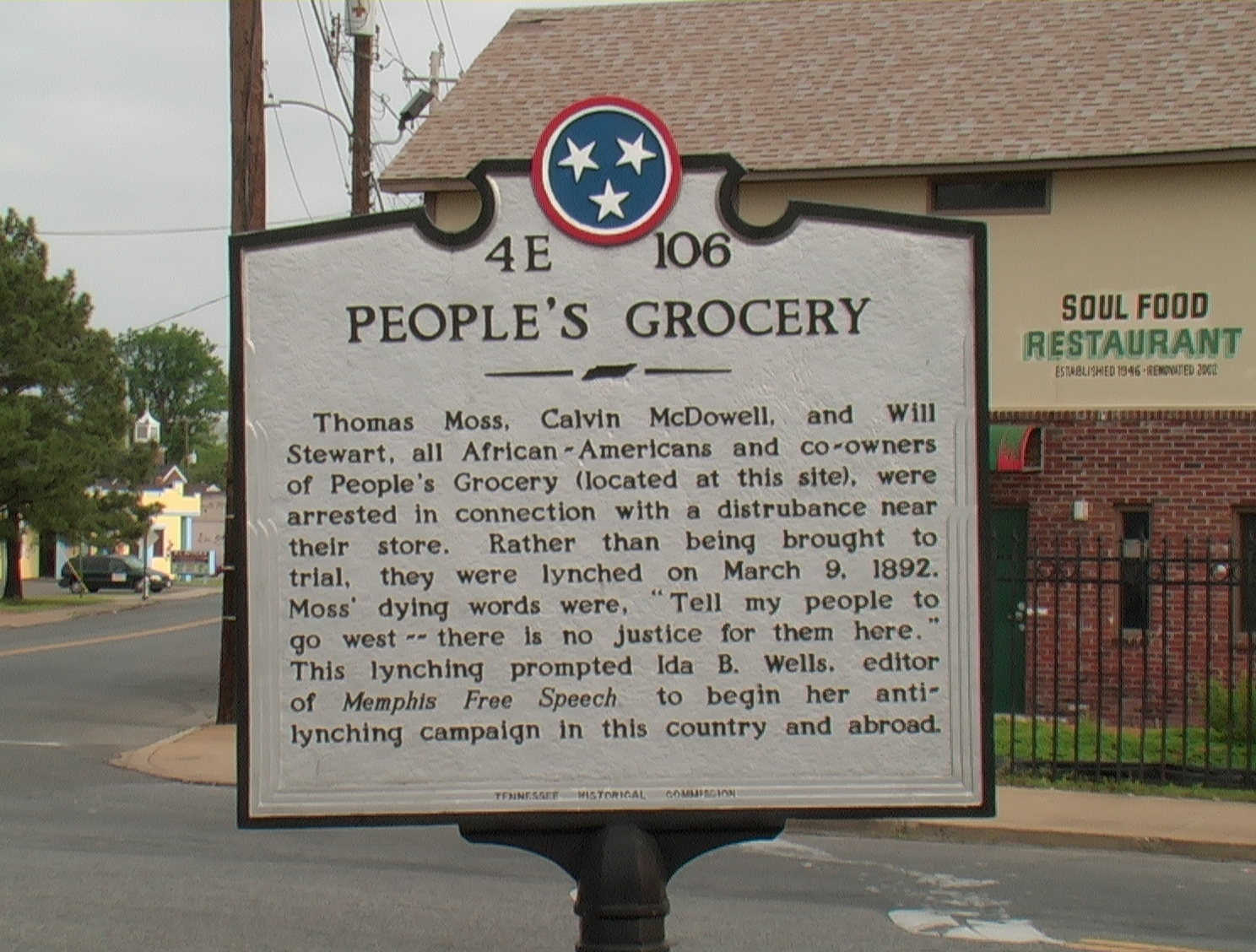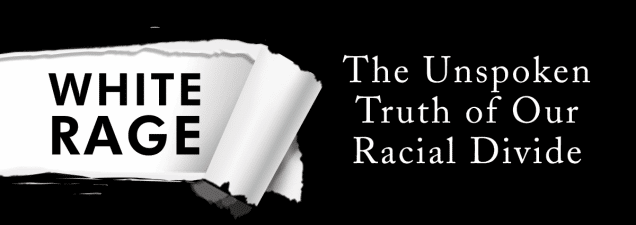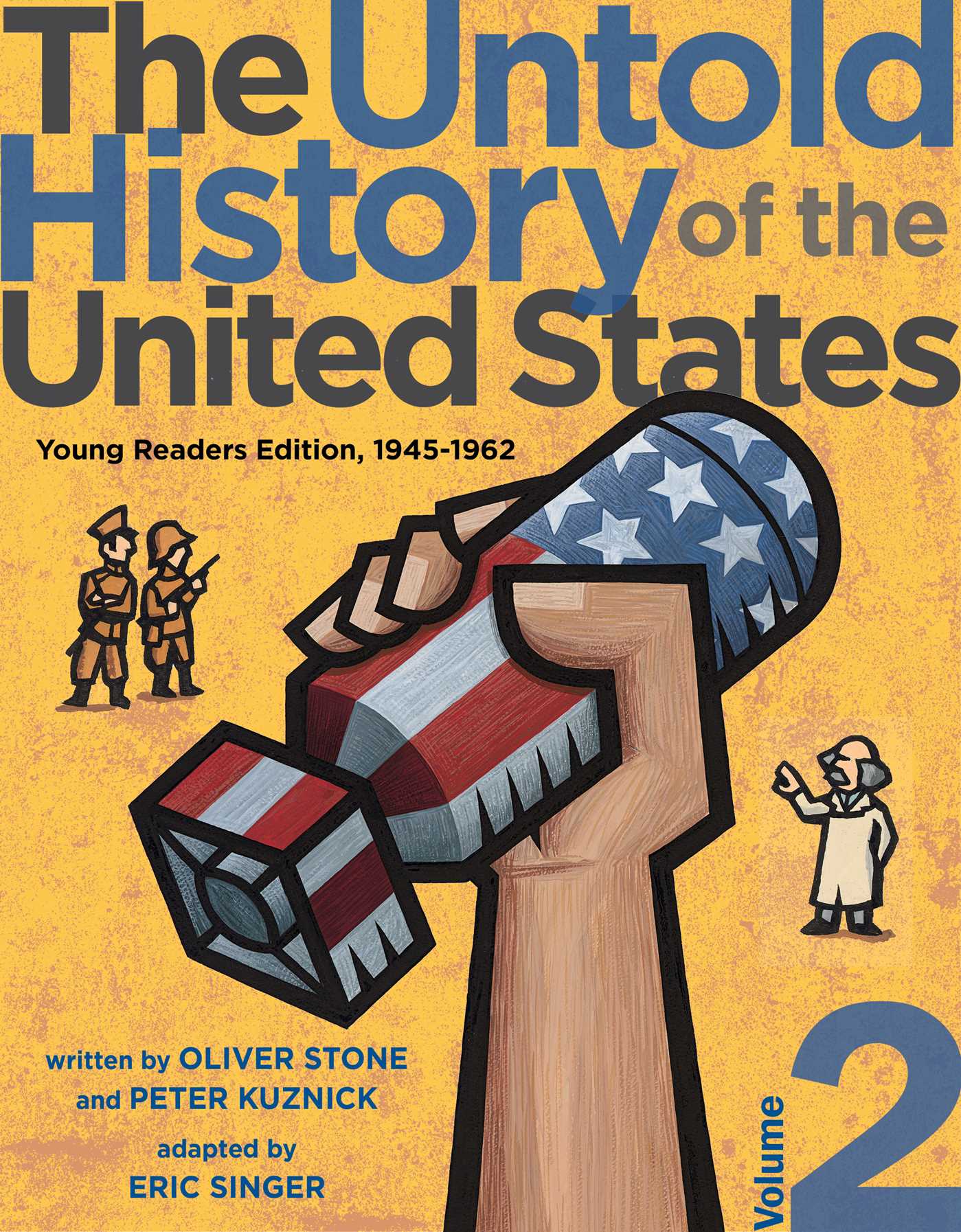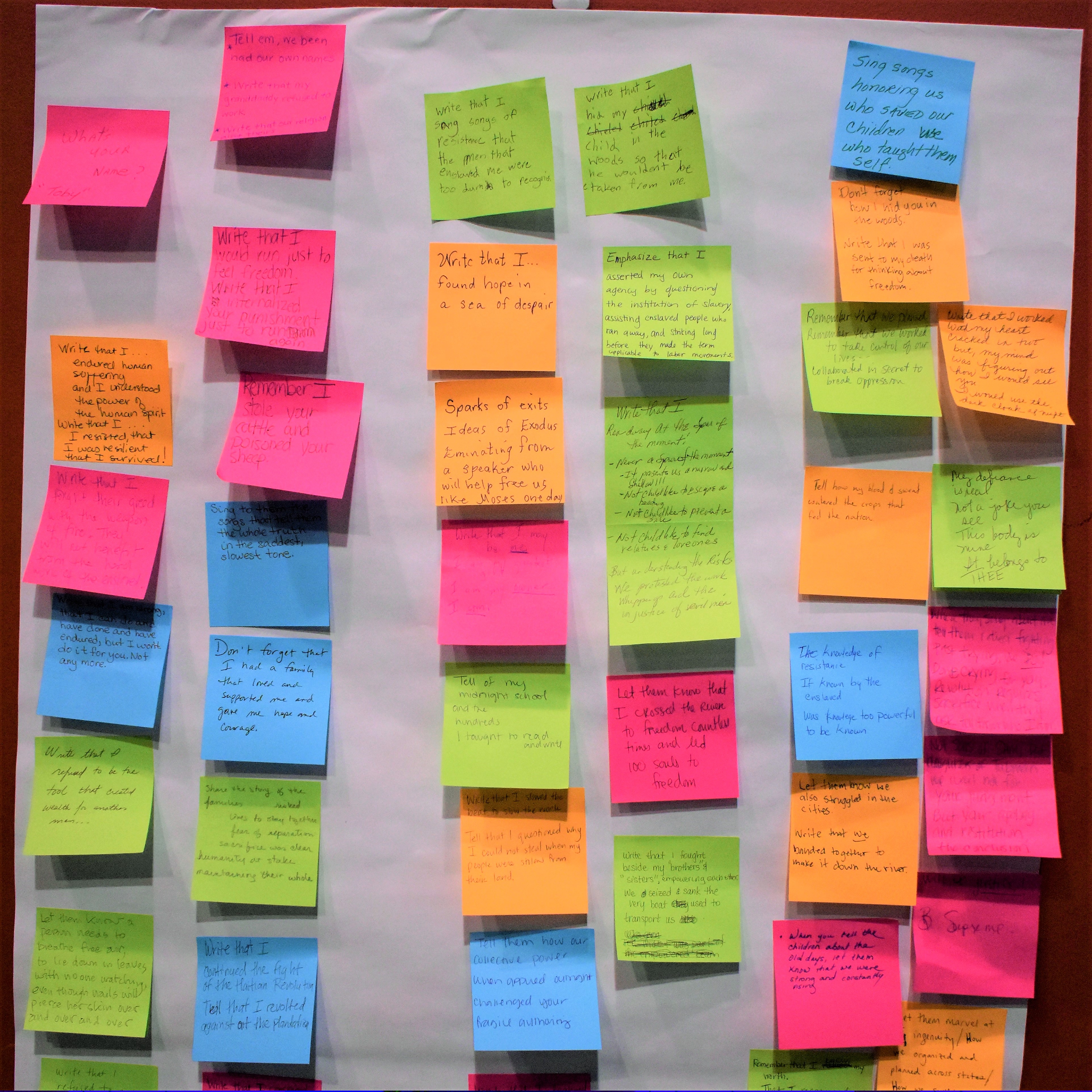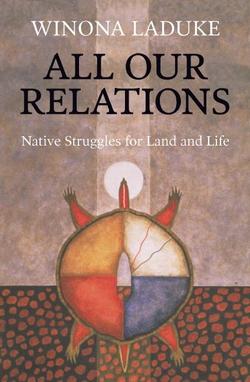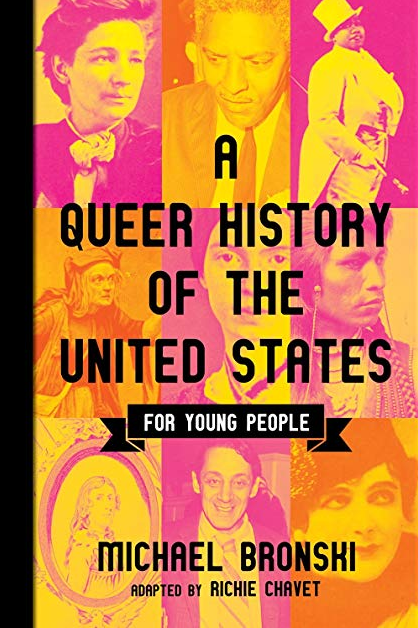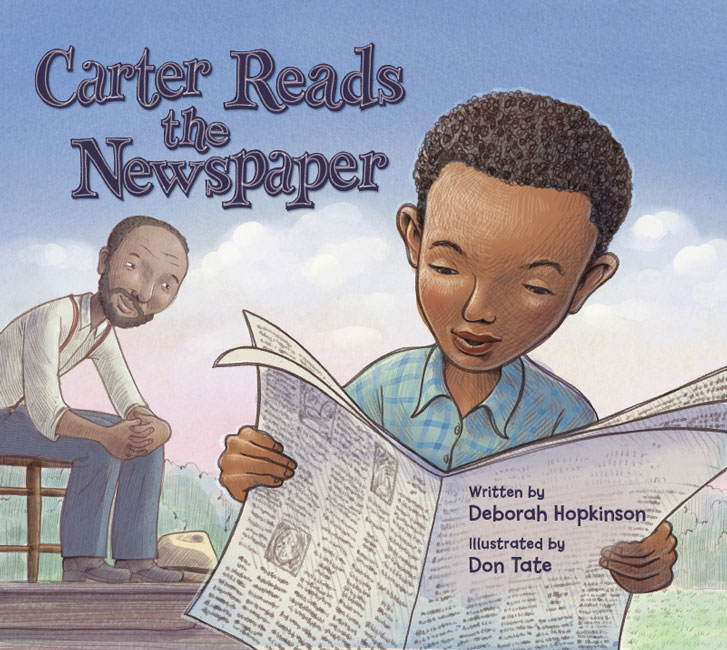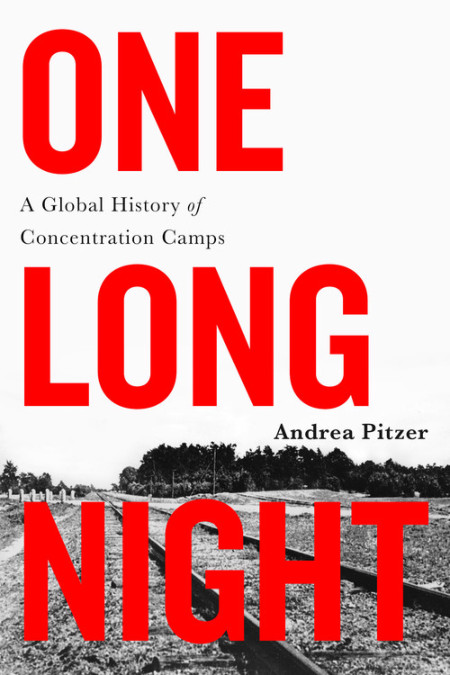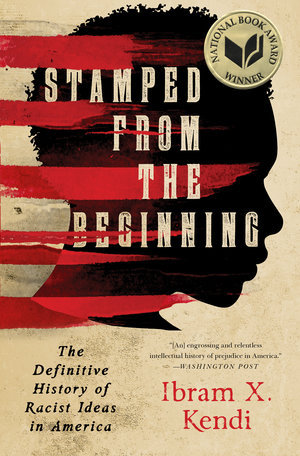Lee Yick won a Supreme Court case that said that all people — citizens and non-citizens alike — had equal protection under the law.
Continue reading
Seventy-seven enslaved people attempted to flee Washington, D.C. by sailing away on a schooner called the Pearl.
Continue reading
Charlotte Brown was forcibly removed from a horse-drawn streetcar in San Francisco.
Continue reading
Book — Non-fiction. By Manisha Sinha. 2017. 784 pages.
A groundbreaking history of abolition that recovers the largely forgotten role of African Americans in the long march toward emancipation from the American Revolution through the Civil War.
Continue reading
Film clip. Voices of a People's History.
Harriet Hanson Robinson's "Characteristics of the Early Factory Girls" (1898) read by Lili Taylor.
Continue reading
Profile.
Charles Sumner, Civil War and Reconstruction era politician in the United States.
Continue reading
Book — Non-fiction. By Barbara Miner. 2013. 305 pages.
The history of public education in Milwaukee in the context of the broader story of racism in the rust belt.
Continue reading
Film. By Elizabeth Deane and Dion Graham. 2004. 174 minutes.
Through the voices of several historians and dramatic re-enactments by actors, PBS’s Reconstruction: The Second Civil War uses the stories of ordinary citizens to paint a picture of the Reconstruction era.
Continue reading
International Workers’ Day began as a commemoration of the 1886 Haymarket massacre in Chicago.
Continue reading
Rail workers and residents of St. Louis, Missouri briefly took over the city as part of the wider Great Railroad Strike of 1877.
Continue reading
Digital collection. The Library of Congress has launched an online collection of oral history interviews with Civil Rights Movement veterans.
Continue reading
Teaching Activity. By Adam Sanchez and Nqobile Mthethwa. 25 pages.
A mixer role play explores the connections between different social movements during Reconstruction.
Continue reading
During the Reconstruction Era, people emancipated from slavery searched for their loved ones throughout the United States and Canada. They often used "last seen" ads. This is one case of successful reunification.
Continue reading
Picture book. By Kelly Starling Lyons. 2012. 32 pages.
Story about a young girl during Reconstruction whose parents are finally able to have a legal marriage while honoring a family wedding tradition.
Continue reading
Book — Non-fiction. By Henry Louis Gates Jr. with Tonya Bolden. 2019. 240 pages.
Readers trace the rise and fall of racial equity during Reconstruction as increasingly violent white supremacy and new forms of oppression take hold at the turn of the 20th century.
Continue reading
Digital collection. Crowdsourcing project that provides access to information, through thousands of print advertisements, about freedom-seekers and their would-be enslavers in the 18th and 19th centuries.
Continue reading
A white mob seized three African American business men in Memphis, Tennessee and lynched them without trial.
Continue reading
Book — Non-fiction. By Carol Anderson. 2016.
An era-by-era account of how the policies and practices of white supremacy have morphed over time while maintaining the singular goal of undermining Black advancement.
Continue reading
Book — Non-fiction. By Oliver Stone and Peter Kuznick. Adapted by Susan Campbell Bartoletti and Eric S. Singer. Vol 1. 2014. 400 pages. Vol 2. 2019. 320 pages.
These are two volumes of illustrated histories, adapted for students from a documentary book and film of the same name.
Continue reading
Teaching Activity. By Adam Sanchez.
Through a mixer activity, students encounter how enslaved people resisted the brutal exploitation of slavery. The lesson culminates in a collective class poem highlighting the defiance of the enslaved.
Continue reading
Book — Non-fiction. By Winona LaDuke. 1999.
Native American activists provide testimonies to indigenous efforts to resist oppression and fight both cultural and environmental degradation in the face of U.S. colonialism.
Continue reading
Book — Non-fiction. By Michael Bronski, adapted for by Richie Chevat. 2019. 336 pages.
A young adult readers edition of the original text explores the history of LGBTQ+ experiences in the U.S. since 1500.
Continue reading
Picture book. By Deborah Hopkinson. Illustrated by Don Tate. 2019. 36 pages.
This picture book chronicles the young life of Dr. Carter G. Woodson, an Appalachian-born Harvard scholar and advocate for African American history. He founded Negro History Week in 1926 (which grew into Black History Month), the Association for the Study of African American Life and History (ASALH), and the Journal of Negro History.
Continue reading
Book — Non-fiction. By Andrea Pitzer. 2017. 480 pages.
Starting with 1890s Cuba, this book is a chronological and geopolitical history of concentration camps that is filled with prisoner perspectives.
Continue reading
Book — Non-fiction. By Ibram X. Kendi. 2016. 608 pages.
This book chronicles the origins and growth of anti-Black racist ideas, and their power, over the course of U.S. history.
Continue reading

